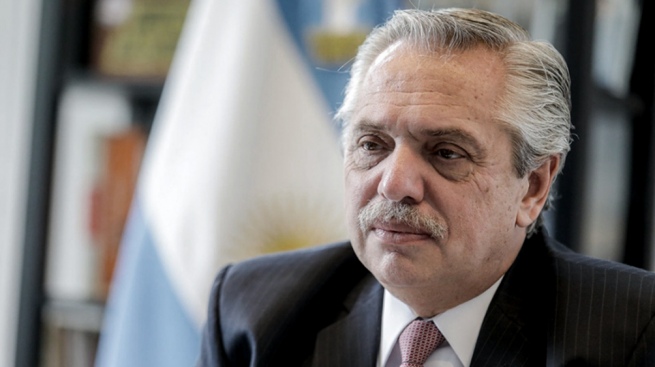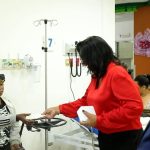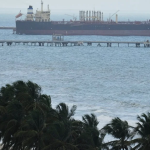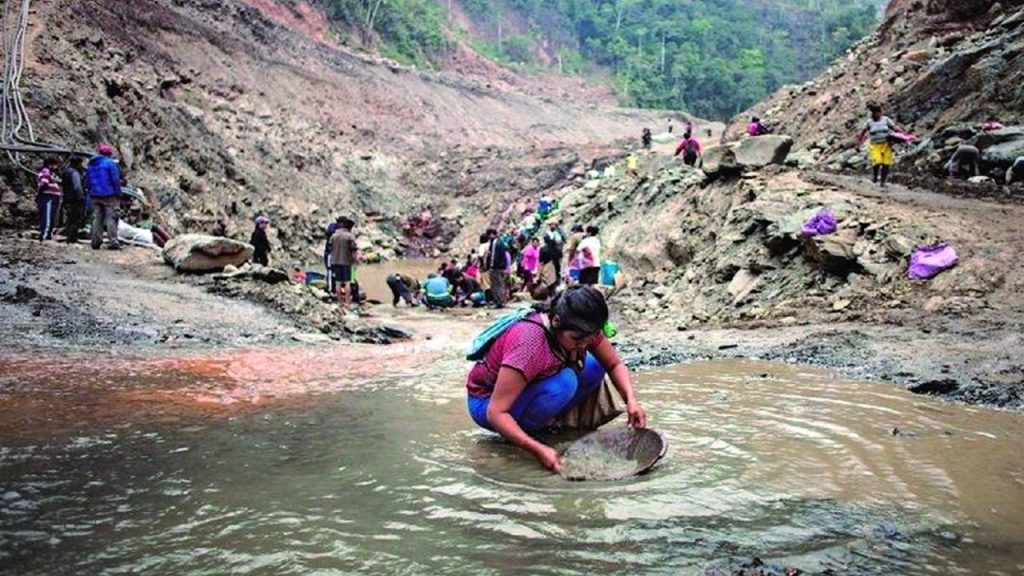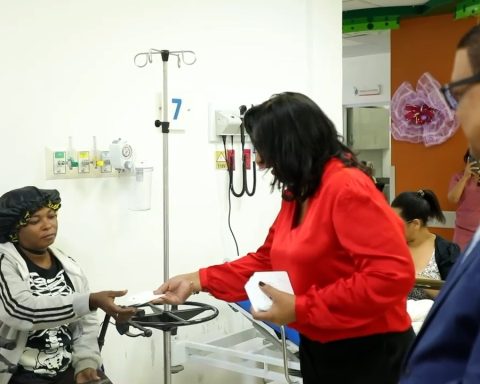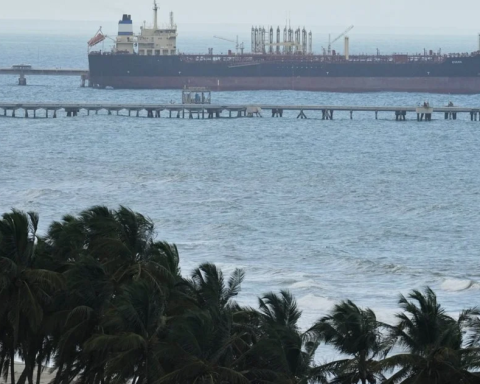President Alberto Fernández will resume his tours of the provinces next Tuesday with the fifth meeting of the federal cabinet to be held in the Tucuman city of Monteros, in compliance with the law that establishes 24 alternate capitals throughout the country.
Fernández will visit the city of Monteros, Tucumán, together with the Chief of Cabinet, Juan Manzur, and national ministers, at the beginning of the second stage of the administration after the parliamentary renewal elections held on November 14.
The federal cabinet meeting will be held precisely in one of the cities chosen to be one of the 24 alternate capitals, as established by law enacted in November of last year.
About, the governor of Tucumán, Osvaldo Jaldo, reported days on the visit of the President, after a meeting he held with Manzur, provincial leader in use of leave.
“I spoke with the Chief of Staff about the inauguration of the important building of the Monteros Judicial Center, which has been working on for a long time. Together with the mayor of that city, Francisco Serra, we have invited the President and several ministers. So far they confirmed the presence of the national president and almost all the national ministers, “Jaldo told local media.
This expanded national cabinet meeting with the ministers of Tucumán will be “to exchange the negotiations and agreements that we have with the national areas. Tucumán will once again be the center where the national government will work and hold a federal meeting outside the Casa Rosada, “explained the lieutenant governor in charge of the provincial Executive.
The meeting in Monteros will also take place a few days after the meeting in Santiago del Estero of the Regional Council of the Norte Grande, between 10 governors of different political parties with Manzur and the Minister of the Interior, Eduardo ‘Wado’ de Pedro, so it is expected that some of those issues on the particular agenda of that region of the country also be discussed at the working table with the national ministers.
It will be the fifth meeting of the federal cabinet, which began in the Fuegian city of Río Grande and then continued in Chilecito (La Rioja), Rosario (Santa Fe) and Comodoro Rivadavia (Chubut) in October.
At the time of the approval of the alternate capital law, the head of state considered that “it is one more step in the construction of a more federal Argentina.”
This initiative had been proposed by the President during his campaign, with the aim of “federalizing participation” in national decision-making and speeding up meetings between local and national officials.
“Argentina must begin to function as a federal country and be decentralized so that power is also in the interior,” said the president at that time.
In its creation, Fernández proposed to the governors the idea of establishing mobile and rotating capitals to strengthen federalism in the framework of a campaign visit he made to Mendoza in September 2019.
“Create in each province an alternate capital of Argentina and force the national government to move there once a month, and listen to the problems ‘in situ’. Because one thing is to see statistics and another is to see and listen to the people, because one can truly understand the dimension of the conflict, “the president said at the time.
In addition to defining himself as “the most federal of Buenos Aires,” there he raised his idea of ”governing in another way, being a government of a president and 24 governors who are going to sit at a table to resolve the emergencies of Argentina.”
The districts designated as alternate capitals are La Matanza and General Pueyrredón -Mar del Plata- (Buenos Aires); Rosario (Santa Fe); Río Cuarto (Córdoba); Bariloche (Río Negro); Comodoro Rivadavia (Chubut); Concordia (Entre Ríos); Oran (Salta); Rio Grande (Tierra del Fuego); General Pico (La Pampa); Guaymallén (Mendoza); and the capitals of Formosa and San Luis.
Also Oberá (Missions); Tinogasta (Catamarca); Roque Sáenz Peña (Chaco); Goya (Corrientes); San Pedro (Jujuy); Chilecito (La Rioja); Cutral Có (Neuquén); Caucete (San Juan); Caleta Olivia (Santa Cruz); La Banda (Santiago del Estero); and Monteros (Tucumán).
